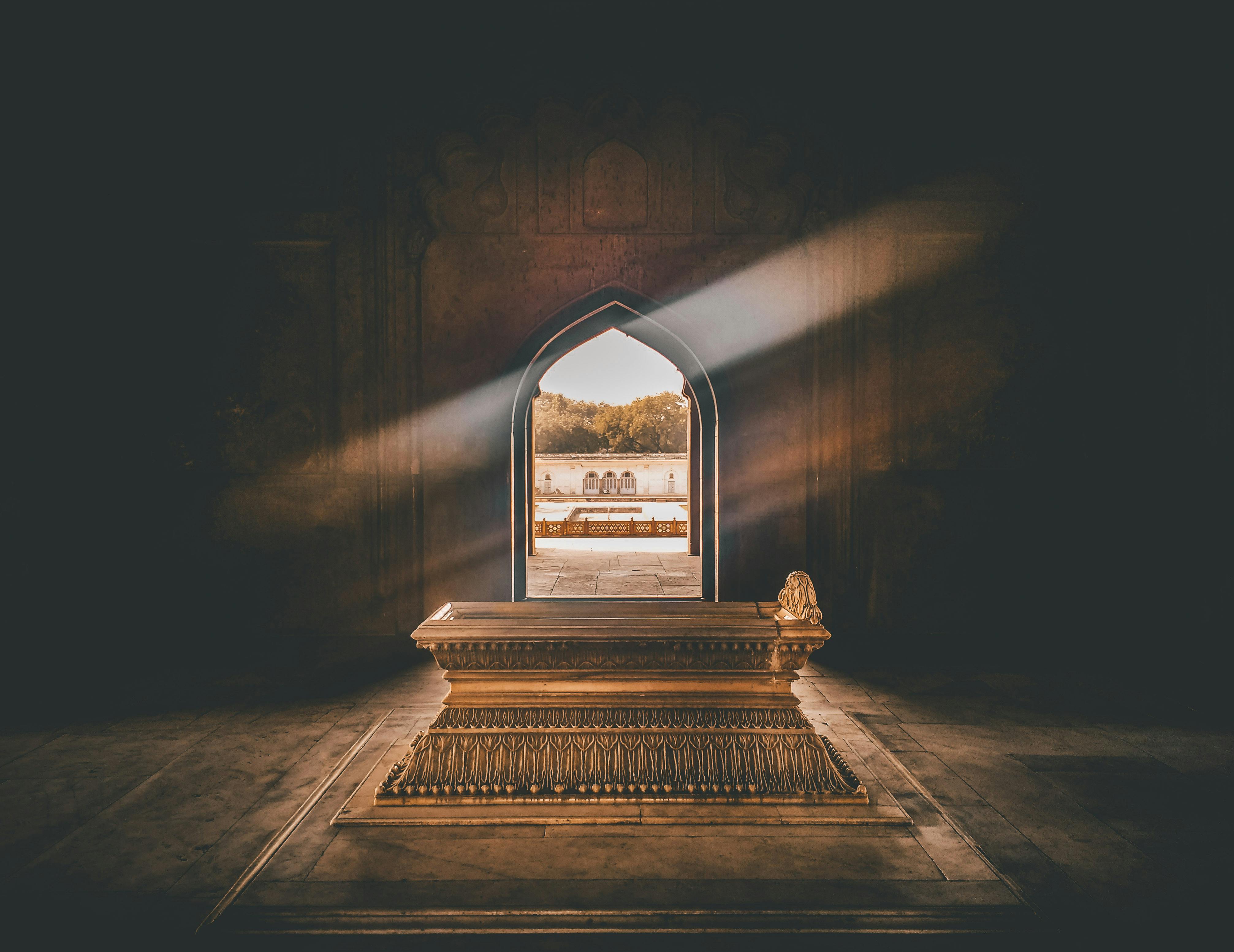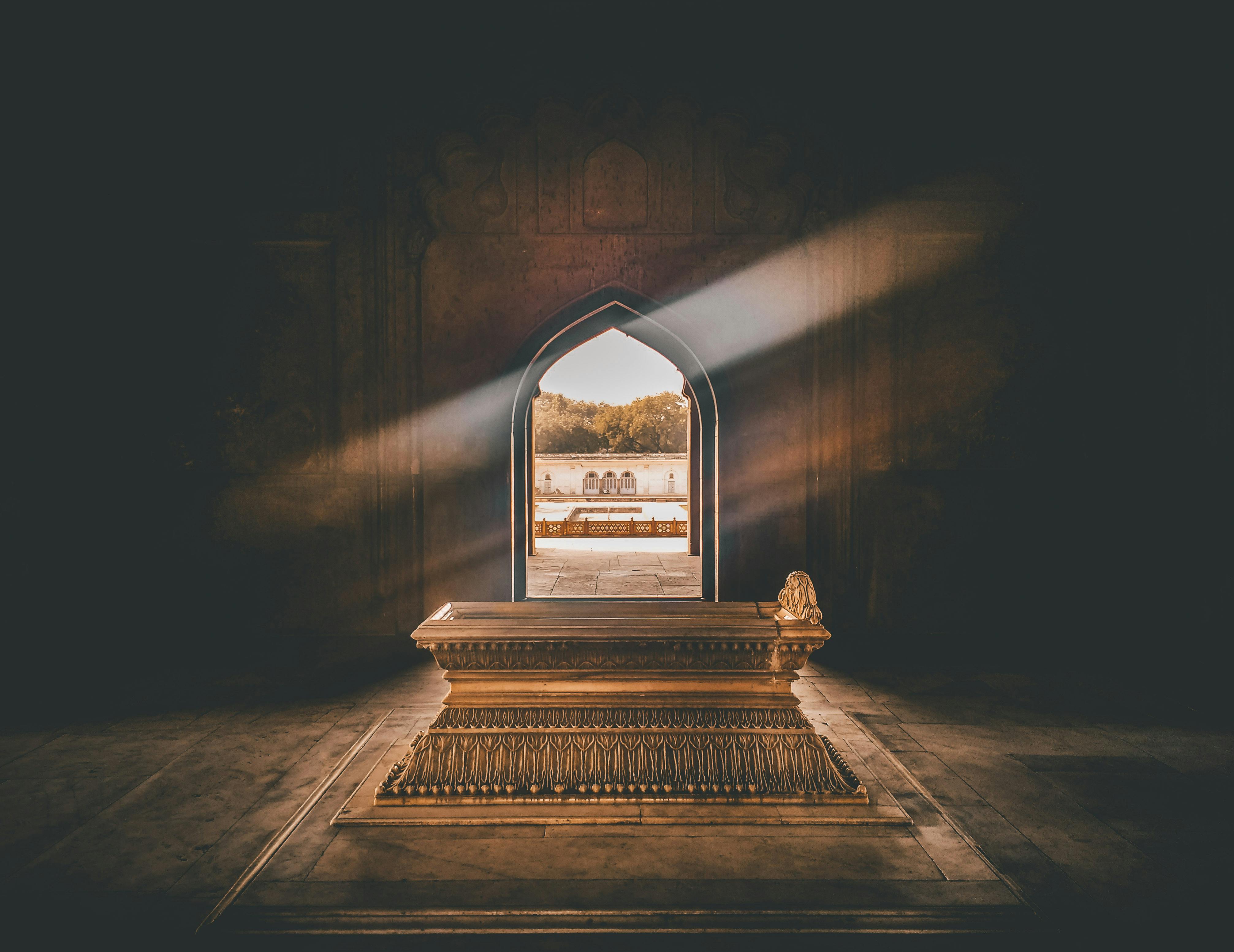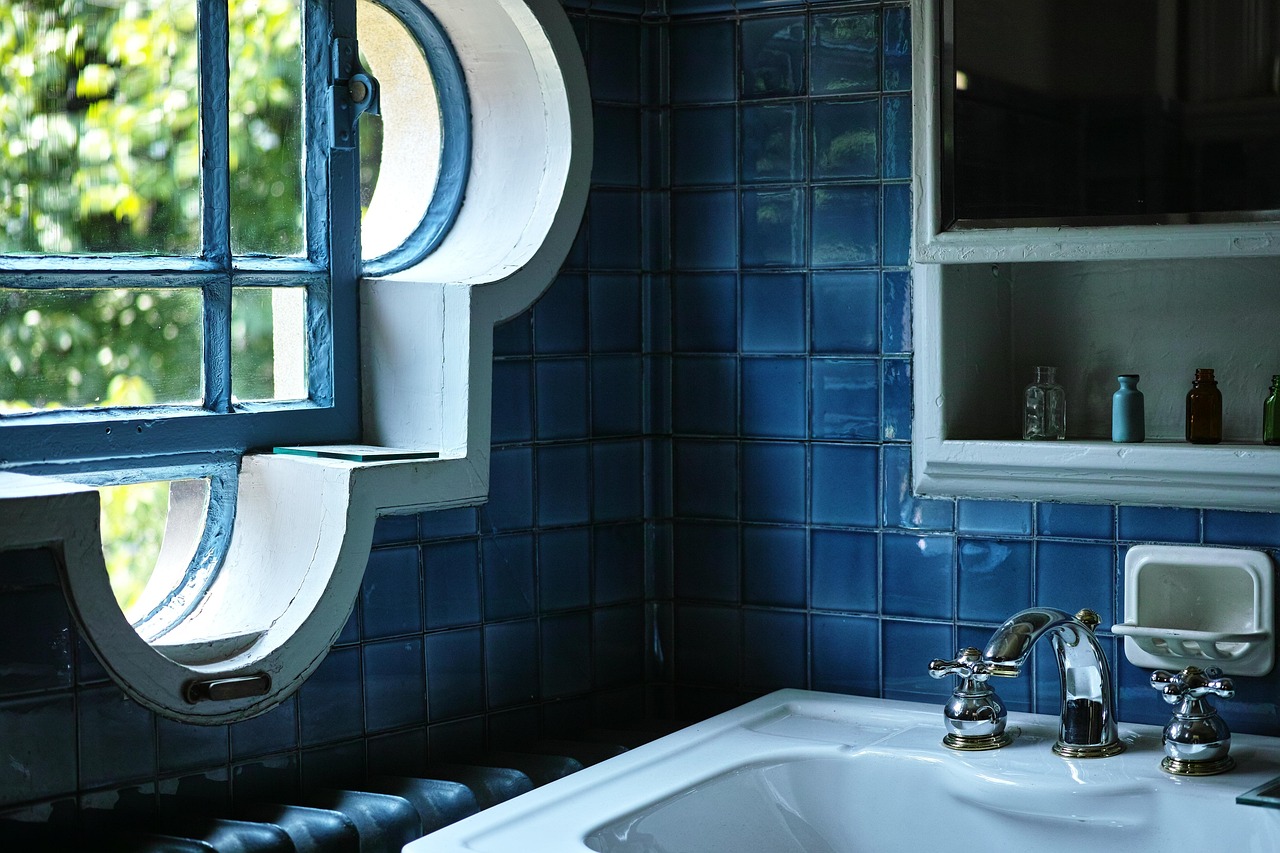
Vastu Guidelines for a Harmonious Puja Room
A Puja room is the sacred heart of a home, where positive energy and divine vibrations reside. According to Vastu Shastra, designing this space correctly enhances peace, prosperity, and spiritual well-being. Here’s how to align your Puja room with Vastu principles for maximum benefits.
Ideal Location for a Puja Room
The northeast direction, also known as Ishanya Kona, is the most auspicious location for a Puja room. This direction is associated with divine energy and attracts spiritual growth. If a northeast placement is not feasible, the east or north direction is the next best choice. Avoid placing the Puja room in the south, as it is considered inauspicious.
Additionally, the Puja room should not be located near bathrooms, under staircases, or in bedrooms. Such placements can disturb the sacred energies and lead to a lack of mental peace in the household.
Design and Structure
- Shape and Size: The Puja room should ideally be square or rectangular, ensuring balanced energy distribution.
- Height: A slightly elevated platform for idols and a well-ventilated room enhance the sanctity of the space.
- Entrance and Doors: The door should have two shutters and should not be too small. Wooden doors with carvings of deities or divine symbols add to the sanctity.
- Ceiling and Flooring: A low ceiling with a dome-like structure enhances the flow of positive energy. White or light-colored marble flooring is ideal.
Placement of Deities and Idols
- Idols and images should be placed in the east or west direction, ensuring that devotees face north or east while praying.
- The idols should not be directly against the wall. Maintain a small gap to allow proper circulation of energy.
- Avoid placing broken or damaged idols, as they can attract negative energy.
- The height of the idols should ideally be between 9 to 12 inches and not excessively large.
Storage and Organization
- Keep the Puja room clutter-free. Overcrowding with unnecessary items disrupts the energy flow.
- Holy books, incense sticks, lamps, and prayer essentials should be neatly arranged in the east or south direction.
- Avoid using the Puja room for storage or as a general-purpose space.
Lighting and Colors
- Soft, warm lighting like diyas (oil lamps) and candles create a divine ambiance.
- Use soothing colors such as white, yellow, light blue, or light green to maintain a calm and spiritual environment.
- Avoid dark or loud colors, as they may interfere with the serenity of the space.
Daily Rituals and Maintenance
- Ensure the Puja room is cleaned daily to maintain its sanctity.
- Use fresh flowers and change them regularly to avoid stagnant energy.
- Lighting a ghee lamp or camphor daily enhances the divine aura and wards off negativity.
- Chanting mantras and playing devotional music purifies the space and uplifts the energy.
Things to Avoid
- Do not place photographs of deceased ancestors inside the Puja room. Instead, keep them in a separate area.
- Avoid placing the Puja room beneath a staircase, as it creates pressure on spiritual energies.
- Do not store valuables, unnecessary household items, or electrical appliances in the Puja room.
Conclusion
A well-designed Puja room following Vastu principles not only enhances spiritual vibrations but also brings peace, prosperity, and positivity to the household. By maintaining cleanliness, correct idol placements, and a serene ambiance, one can harness divine energies for a fulfilling and harmonious life. Follow these simple Vastu tips and transform your Puja room into a source of divine blessings and tranquility.



